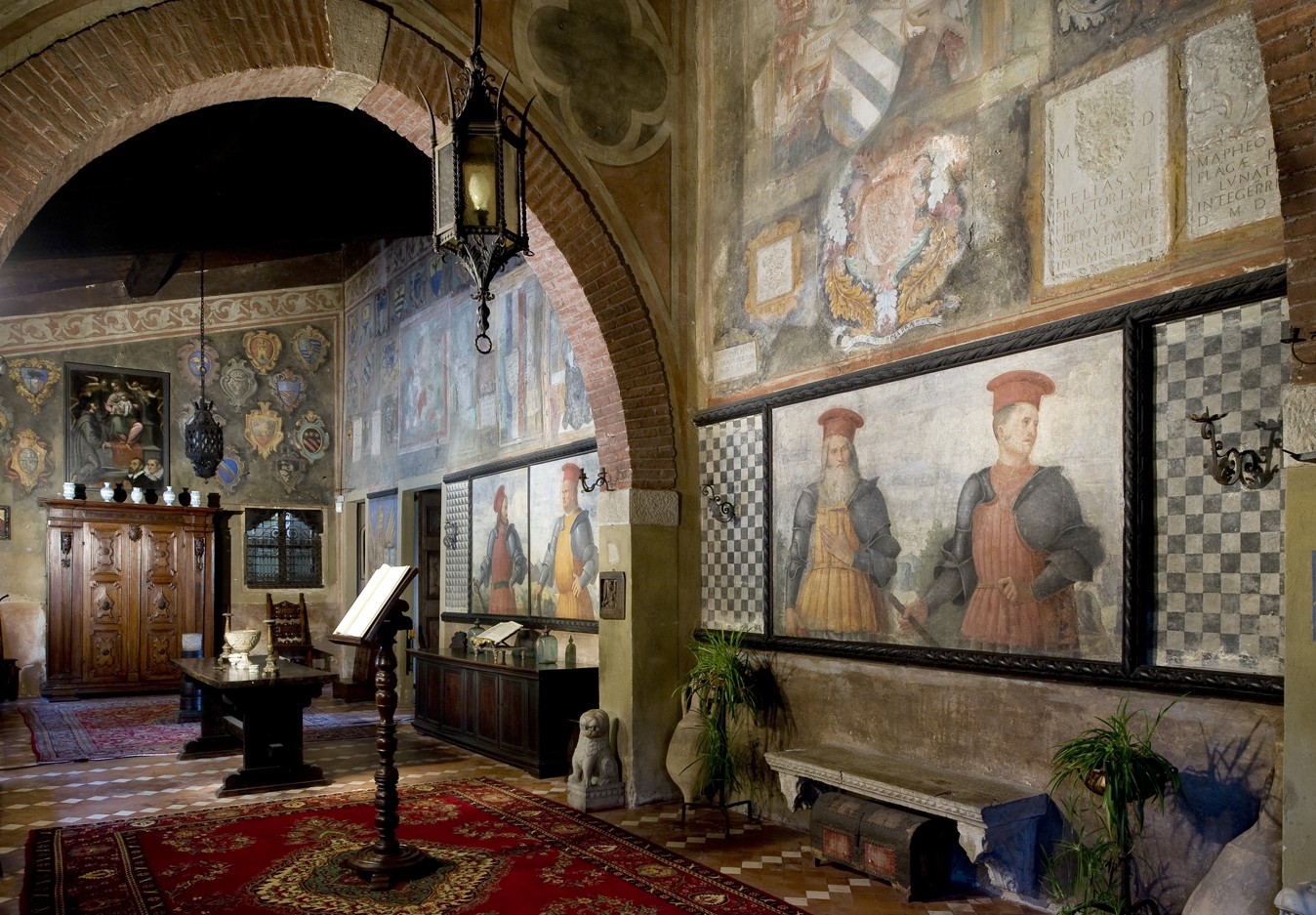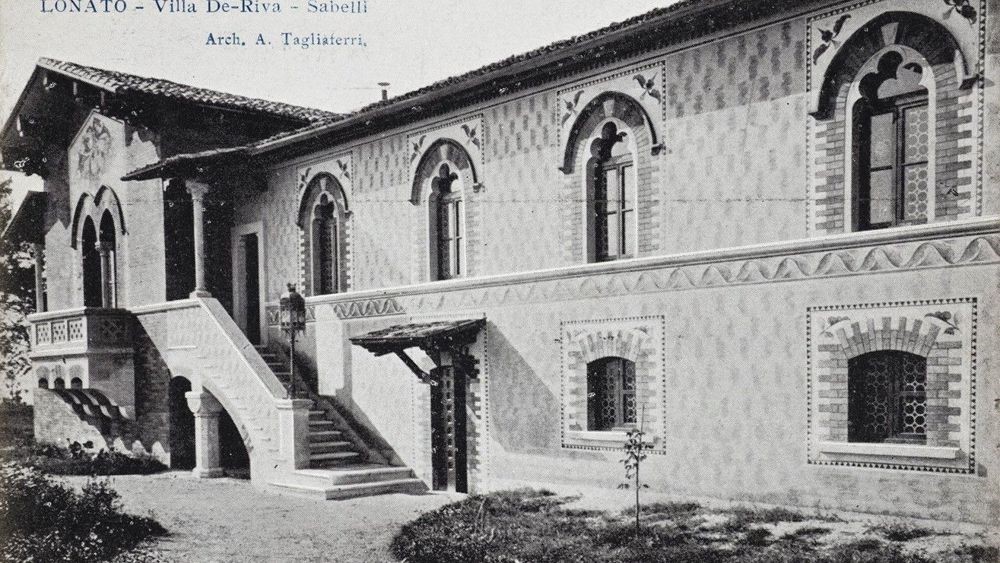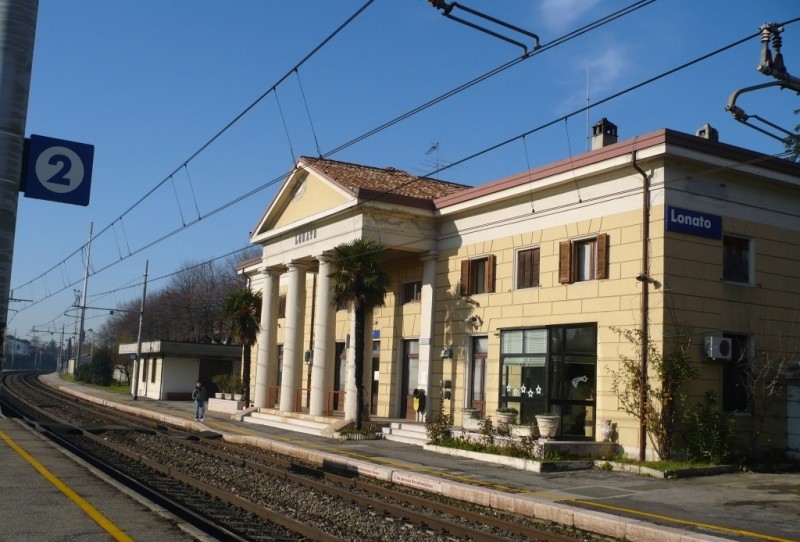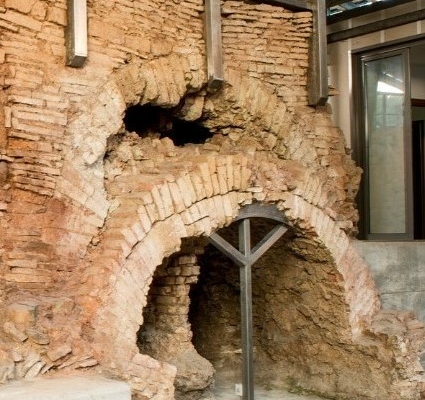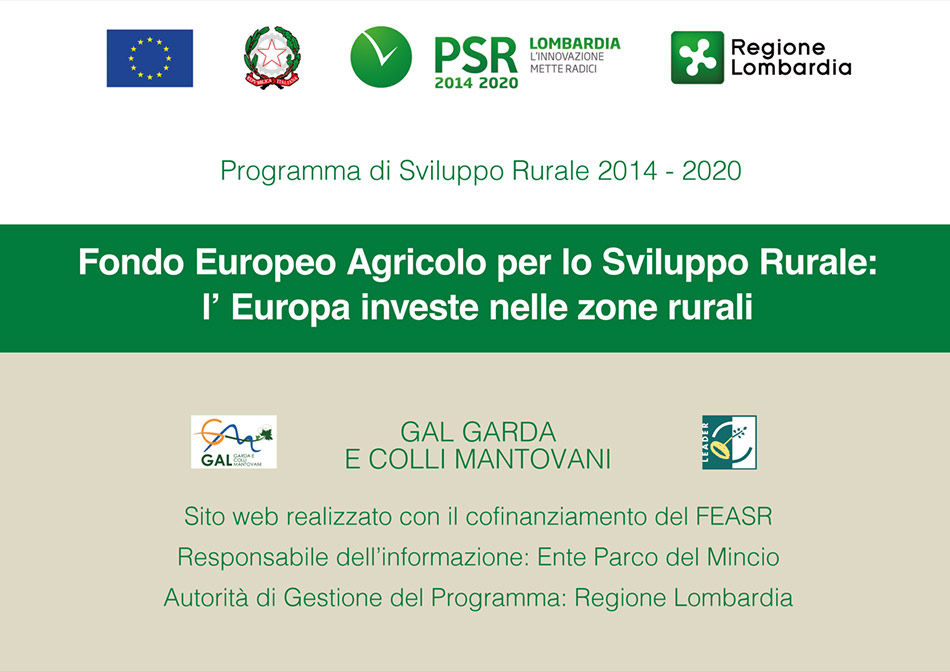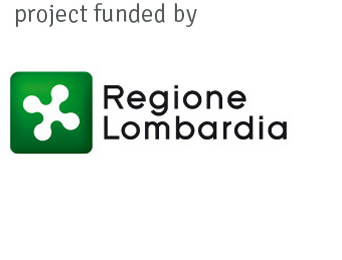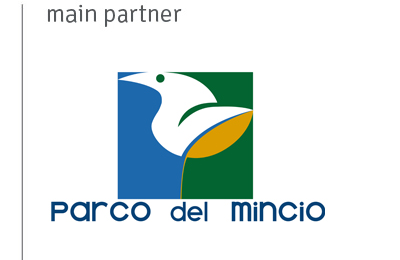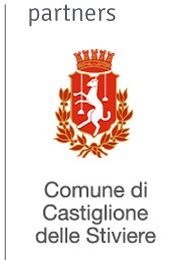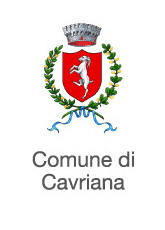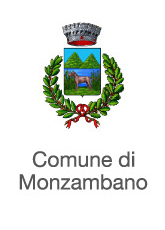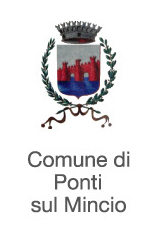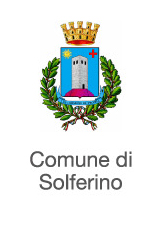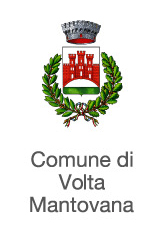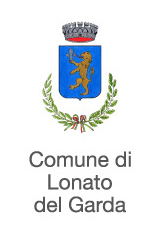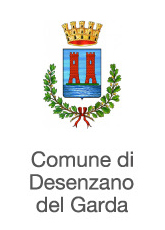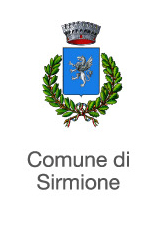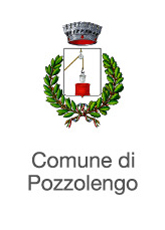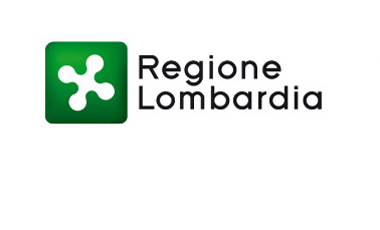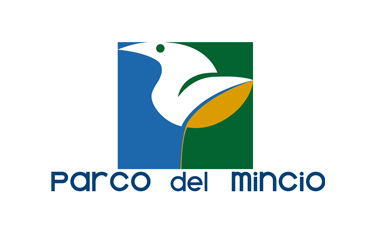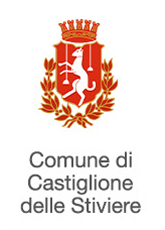![]() – Lonato del Garda
– Lonato del Garda
Roman furnaces
In Lonato del Garda – after many years of restoration campaigns – one of the six Roman furnaces discovered in 1985 was opened to the public.
During the 1st century AD the aristocratic families of the cities of Brescia and Verona chose the lower Garda to build elegant villas dedicated to comfort, such as those of Sirmione, Desenzano and Toscolano, which was followed by the development of rustic villas on the hills, often in a panoramic position. The phenomenon determined, in the Lonato area, the development of Roman kilns which supplied construction sites with building materials for the construction of homes, villas, places of worship, but also for the necessary infrastructures. The six Roman furnaces of Lonato del Garda are modest structures. Furnace A – placed in a museum because it is better preserved – has a circular plan with a diameter of 6 meters and still has the hearth of the cooking surface completely intact.
The visit allows you to immerse yourself in the Roman era, to get to know the lower Garda, the Benacus of the 1st century AD. that the aristocratic families of the cities of Brescia and Verona chose for their otia, their stays, building elegant villas along its banks, such as those of Sirmione, Desenzano and Toscolano, giving rise to the subsequent and progressive settlement of numerous rustic villas, farms of the time, scattered along the hills surrounding the lower lake, often in a panoramic position. From this arose the need for construction material and the artisanal area of the Roman furnaces of Lonato, the only one discovered so far on Garda, active between the 1st and 2nd century AD, certainly served this purpose: to provide not only the material for construction of homes, villas, places of worship, but also for the necessary infrastructures.
The Roman furnaces of Lonato del Garda are modest structures, themselves made of bricks, and are all of the “vertical” type, i.e. they exploit the transmission of heat from the combustion chamber, located below, towards the firing chamber located above above, in which the bricks are stacked to be fired.
Furnace A – the one now in a museum because it is best preserved – has a circular plan with a diameter of 6 meters and still has the sole of the cooking surface completely intact, a perforated floor made of bricks through which the heat passed from bottom to top . The structure, which today we see leveled about a meter above the floor of the cooking chamber, must have ended with a large dome at the top of which a large hole served as a chimney for draft.
The other kilns, studied and now covered, are all smaller and have a square or rectangular plan, except one, circular like the first.
Singular was the discovery of a pile of waste bricks, ready to be used for patching up the furnaces, certainly subject to heavy wear due to the strong temperature changes (up to 800-850° C) that they underwent during the cycles of cooking.
A small building, next to one of the furnaces, perhaps served as a warehouse or tool shed or as a shelter for the workforce who had to work in this vast artisan area.
Fragments of jars and bowls found in the area testify to the common life of the workers within the artisan complex.
We know nothing about them, neither where they came from nor where they lived. Surely, however, they must have been numerous given the complex work necessary for the production of bricks, starting from the quarrying of the clay and the supply of wood, to then move on to the phases of purification of the clay and the mixing, the the shape of bricks, roof tiles and tiles of various shapes and sizes, to the air drying of the products for several days until the final firing in the kiln.
Opening hours (from January 2023):
Sunday 10.00am-4.00pm (non-stop)
Entrance fees:
Full price: €2.00
Reduced: €1.00
(under 14 years and over 65, holders of the entrance ticket to the monumental complex of the Ugo Da Como Foundation)
Good to know
Look at the gallery
Click a TAG for similar articles
How to get


